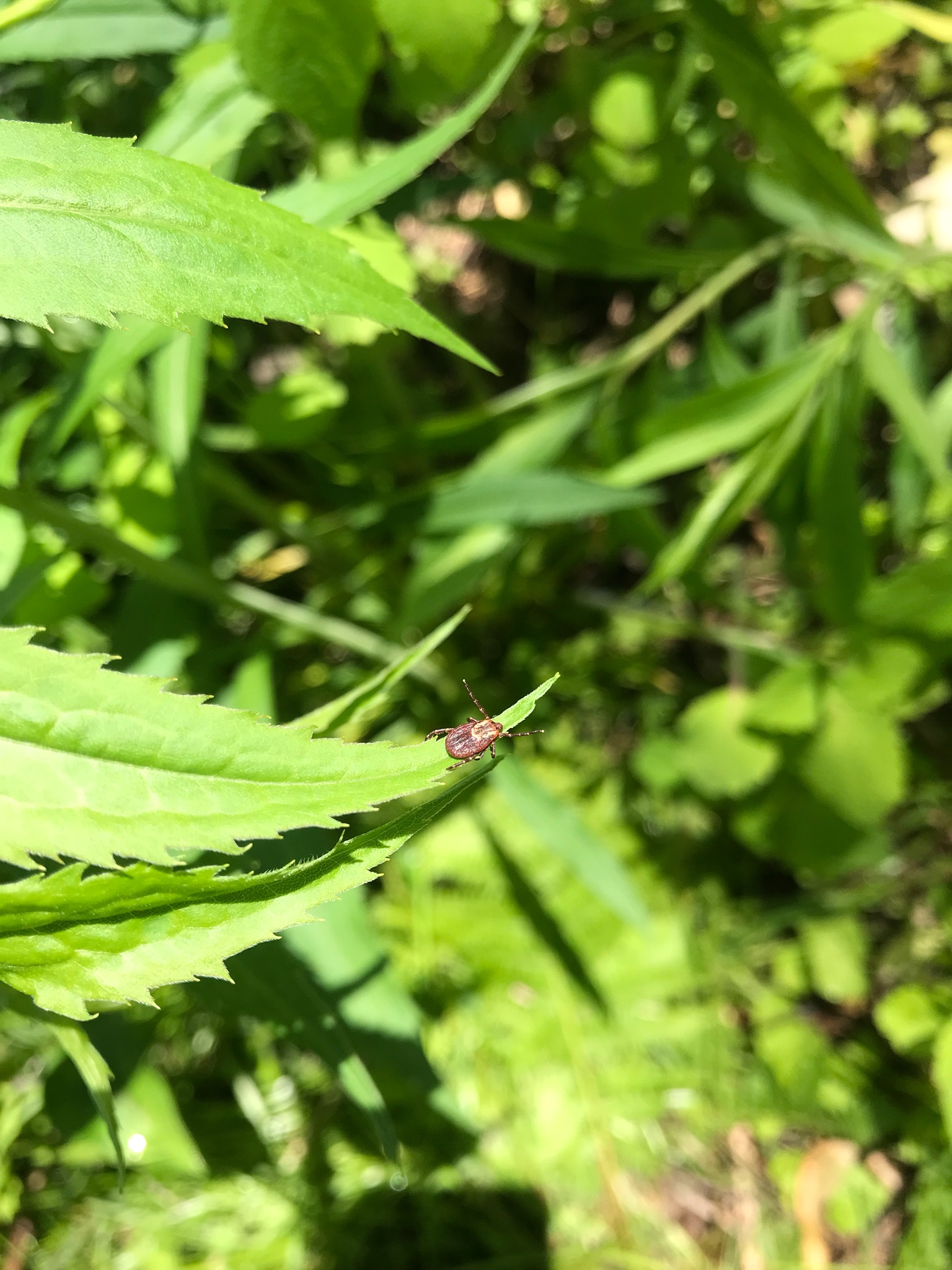Babesiosis is the disease caused by an active infection of Babesia microti, which is a protozoan parasite able to infect red blood cells. The parasite, Babesia microti, will usually transmit the disease to white-footed mice and other small animals. Exposure to Babesia microti occurs when a person or animal is bitten by a black-legged tick, also known as a deer tick (Ixodes scapularis). Ticks infected with Babesia microti are typically only found in the northeastern part of the United States, as well as the Midwest region. Nymphs (immature ticks) are most commonly known for transmitting Babesia microti to their hosts during the late spring and summer months, when they are most active. At the nymph stage, these ticks are about the size of a poppy seed. It is important to steer clear of areas with tall grass, forests, and leaf piles. Most people that are exposed to Babesia microti do not develop symptoms and their bodies will naturally eliminate the infection. When this occurs, medication prescribed by a health care provider is not needed. Most people will not have any memory of being bitten by a tick in the first place.
Babesiosis can become a potentially fatal disease for individuals that suffer from a weak immune system, the elderly, individuals who have had their spleen removed, or those with debilitating health conditions. The symptoms of an active Babesia microti infection are similar to those suffering from anemia, since these organisms both destroy red blood cells (hemolytic anemia). Other symptoms include fever, fatuigue, nausea, muscle weakness, sweats, chills, loss of appetite, body aches, and symptoms associated with influenza. Following exposure, these symptoms can develop at anytime from weeks to months after the initial bite.
Diagnosis:
Babesiosis can be diagnosed by examining the red blood cells of the patient using a microscope. If necessary, medication may be prescribed when treating Babesiosis, similar to anti-malarial drugs. 1-3 weeks of prescribed medication will restore the blood cells and the infection should disappear. Most people in good health, even when diagnosed with Babesiosis, do not require treatment in order to clear the body of infection, and symptoms may not be present. Co-infections of black-legged ticks (deer ticks) with Babesiosis (Babesia microti) and Borrelia burgdorferi (the bacterium that causes Lyme disease) have been reported and are one of the most common types of tick co-infections. Babesiosis has also been known to spread disease through contaminated blood transfusions, and a pregnant infected mother to her baby throughout the pregnancy or delivery.


